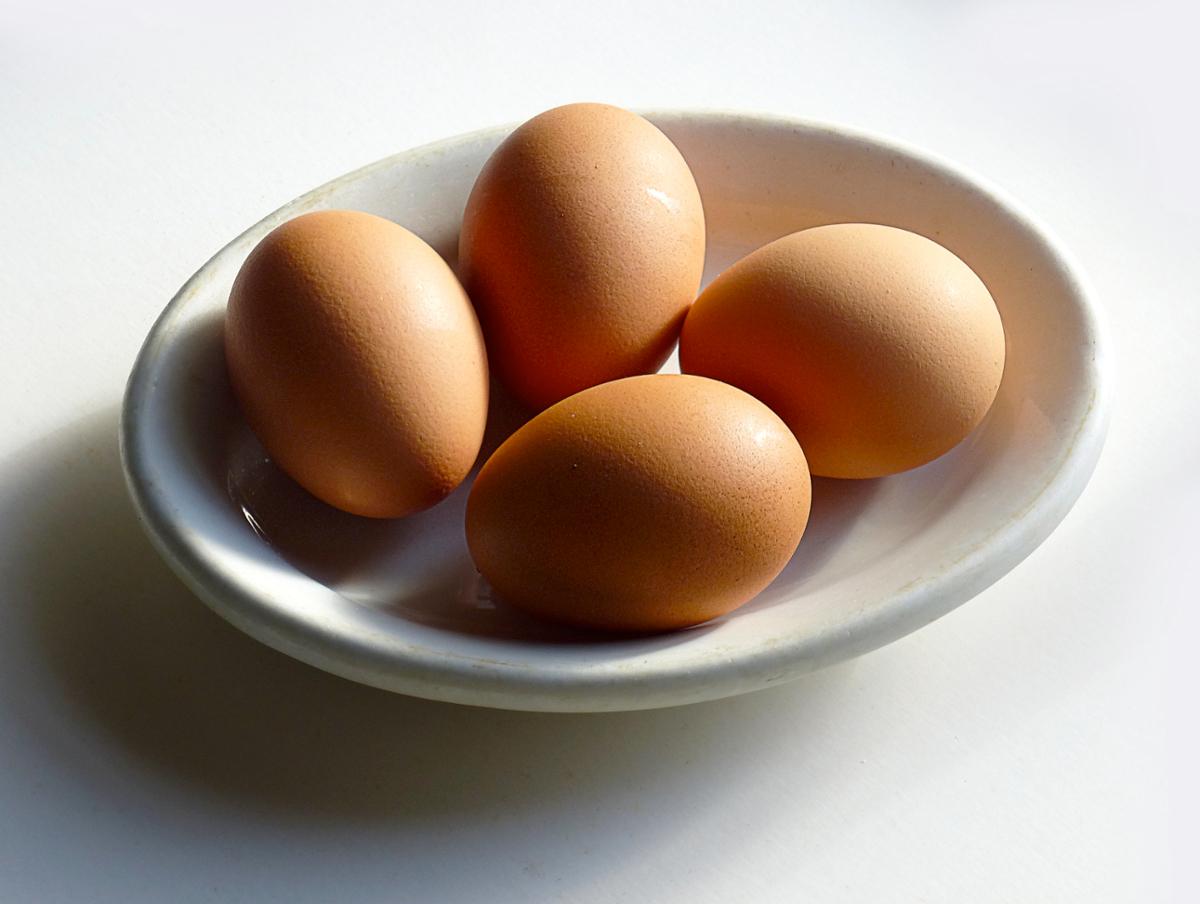An egg has been called the perfect shape. It’s large enough to fit an embryo, yet small enough to exit an animal’s body. It won’t roll away when laid, and it’s structurally sound enough to bear an impressive amount of weight. Scientists have long sought a universal mathematical equation to describe any egg found in nature. Now, scientists have found a new formula that they think does just that. They analyzed four geometric figures to find it: sphere, ellipsoid, ovoid, and pyriform, which describes conical or pear-shaped figures. The formula is based on four parameters: egg length, maximum breadth, shift of the vertical axis, and the diameter at one quarter of the egg length.
What’s all the fuss about a formula? Not only does it help scientists better describe eggs, it also helps us study how and why eggs evolved, and allows us to apply lessons learned from eggs to practical applications.
For example, the formula could be useful for farmers in determining best practices for egg incubation and poultry selection. Researchers and engineers working on technologies for incubating, processing, storing and sorting eggs could also use this formula to understand the effect of factors such as egg volume, surface area, and radius of the curvature of the egg. Egg shapes found in nature are also something architects, engineers, and designers look to when they design egg-shaped or inspired buildings and structures, since egg-shaped buildings can withstand high loads with fewer materials than other shapes. A formula helps makes designing these structures easier.
You could say that eggs contain the potential for a lot more than a delicious breakfast.










